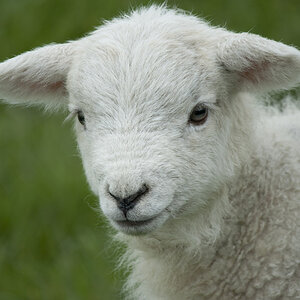wwalford
TPF Noob!
- Joined
- Jul 25, 2012
- Messages
- 18
- Reaction score
- 0
- Location
- Pretoria
- Can others edit my Photos
- Photos NOT OK to edit
Hi All
I am just wondering if someone can tell me what is the best pixels per cm to develop a picture . If you look at the pictures below they are the same size (800pixels X 533pixels) but they are developed with different pixels per inch out of light room.
What I am trying to work out is when is too many and what is the advantage of developing it with more pixels or less pixels. The above pictures to me look the same and they the same size? Any info on this setting will be much appreciated. Thanks
Wesley
wwalfordphotography.weebly.com
I am just wondering if someone can tell me what is the best pixels per cm to develop a picture . If you look at the pictures below they are the same size (800pixels X 533pixels) but they are developed with different pixels per inch out of light room.
What I am trying to work out is when is too many and what is the advantage of developing it with more pixels or less pixels. The above pictures to me look the same and they the same size? Any info on this setting will be much appreciated. Thanks
Wesley
wwalfordphotography.weebly.com




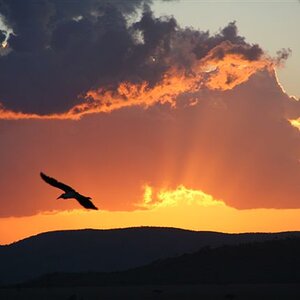

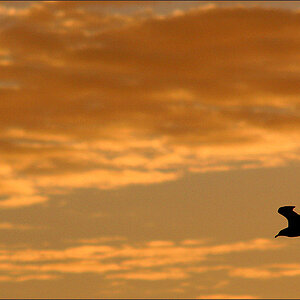
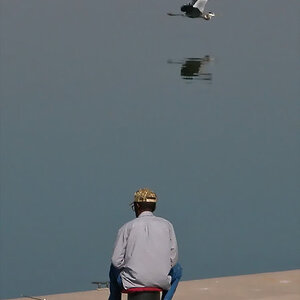
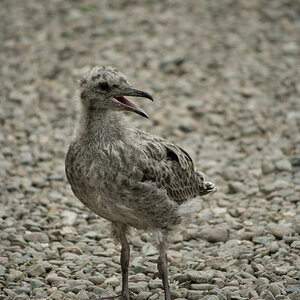
![[No title]](/data/xfmg/thumbnail/38/38737-350089c7ae87f5c983c5362b9b78b671.jpg?1619738703)
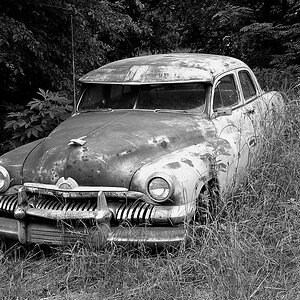
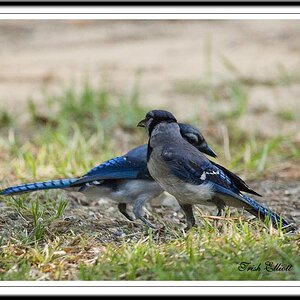
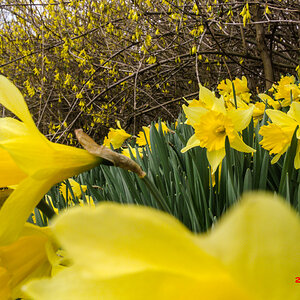
![[No title]](/data/xfmg/thumbnail/32/32706-50b778fbc110c8ea4472547d54c6a923.jpg?1619735610)

